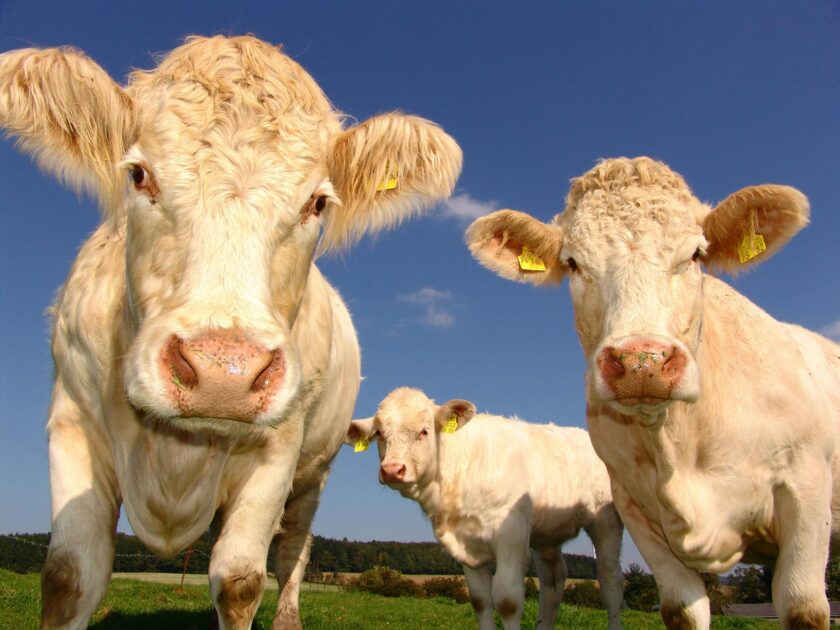No Bull: How Dairy Farms are Fueling a Renewable Future

What exactly does renewable natural gas (RNG) look like? The concept of producing natural gas in a renewable, emissions-reducing fashion is exciting, and something that the industry is talking about more and more, but what it looks like in practice can vary from operation to operation. For Peaks Renewables – the answer lies in dairy farms.
Peaks is working with six Maine dairy farms to generate “homegrown” renewable natural gas. Breaking ground in 2022, Peaks has constructed the first natural gas digester facility in the region – processing cow manure over the course of 20-25 days. The methane biogas is cleaned and added to Summit’s system to generate both pipeline-quality renewable natural gas as well as liquid fertilizers that can be circulated back into the farms. Located in Clinton, Maine, this facility is anticipated to produce approximately 130,000 MMBtu of natural gas annually and is set to be purchased by Peaks’ affiliate and AGA member, Summit Natural Gas of Maine.
The clean, safe, and renewable gas will be used to warm homes and fuel businesses and industries throughout the state while removing almost 28,000 million tons of carbon dioxide equivalent (MT/CO2e) annually. For reference, that’s equivalent to taking 6,500 cars off the road forever each year that the facility is in operation. This innovative approach not only benefits the environment but also supports local agriculture by providing farmers with a sustainable way to manage waste. With continued investment and expansion, RNG projects like this play a crucial part in helping the US meet both energy needs and environmental goals. Peaks and other RNG projects are leading the way in showing how agricultural partnerships can pave the path to fueling a cleaner, greener future.